Iteration 2 overview
Wind power to dump load switching has been the main topic of iteration 2. In our system design we also call this Power Management Decision 1 (PMD1). PMD1 should realize several system requirements and, because we have an energy harvester model in Enterprise Architect, this list of requirements can easily be generated using a Traceability window (see Figure).
It is important to know that we cannot just cut off the wind turbine power from our device as this might damage the wind turbine (an unloaded wind turbine might generate too high voltage). Instead, we need to divert the wind power to a load which in our case simply burns the energy (see Photograph). Also, for system safety, we prefer that the default (non-powered) state of the switching device goes to the dump load.
Several hardware solutions have been investigated and explained in three articles:
Investigating the Wind-turbine to dump load switching – part 1
‘Contactor’ high-power relay setup (and relay board bug fixing :-)). The power consumption of the contactor was up to 2W which is a high cost depending on weather conditions.
The power consumption of solid state relays is a lot less (< 1watt) but our cheap ebay bought Chinese SSRs did fail badly.
Investigating the Wind-turbine to dump load switching – part 2
In this article we did show how it is possible to save (more or less) 50% of the power by exploiting the hold voltage of a relay via PWM. But this solution has its drawbacks as well: the setup is more difficult to configure because it is relay dependent, and the correct settings might change when the relay ages.
Investigating the Wind-turbine to dump load switching – part 3
In our search to increase power savings we also did some research on latching or bistable relays. These relays only consume energy when they change state. Unfortunately, there are system safety implications. Furthermore, bistable relays are expensive as well.
Scope creep?
Playing around with new hardware (improving your domain knowledge) always brings new insights and ideas. Although this is undecided yet, we might move the relay outside of the system’s scope. This allows end-users to choose their preferred relay which nicely scales with the wind turbine as well. Scope creep? NO, because this would be a well-thought out and controlled scope change after some serious research 🙂
Iteration 3
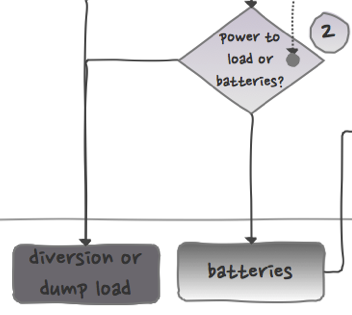 In iteration 3 our focus shifts to Power Management Decision 2 (PMD2), probably the most difficult part of the charge controller because it requires some fast, high-power switching solutions. In the background we’ve already ordered some MOSFET hardware boards but more on that later.
In iteration 3 our focus shifts to Power Management Decision 2 (PMD2), probably the most difficult part of the charge controller because it requires some fast, high-power switching solutions. In the background we’ve already ordered some MOSFET hardware boards but more on that later.
We are going to development some more software as well :-). The foundation is already there but we don’t have any control algorithm yet.
Hope to see you back in Iteration 3!
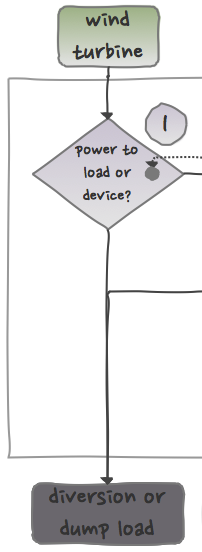
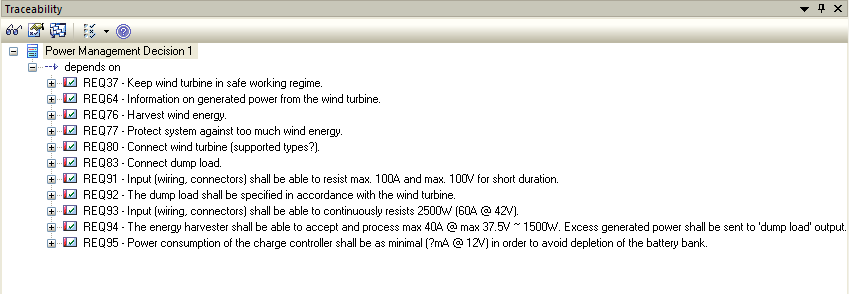
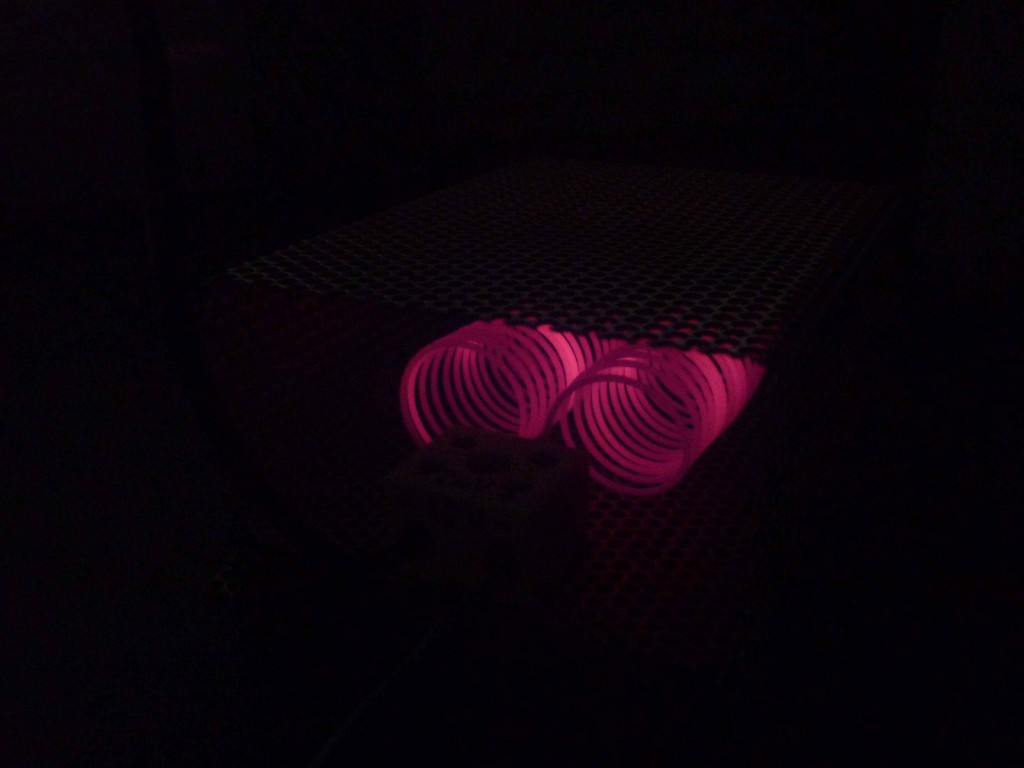
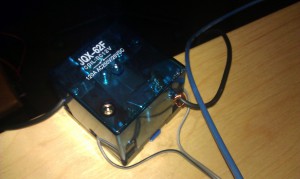
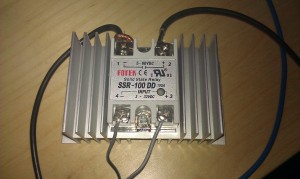
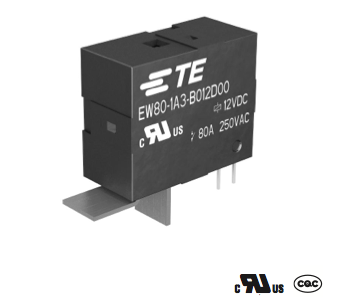

Speak Your Mind